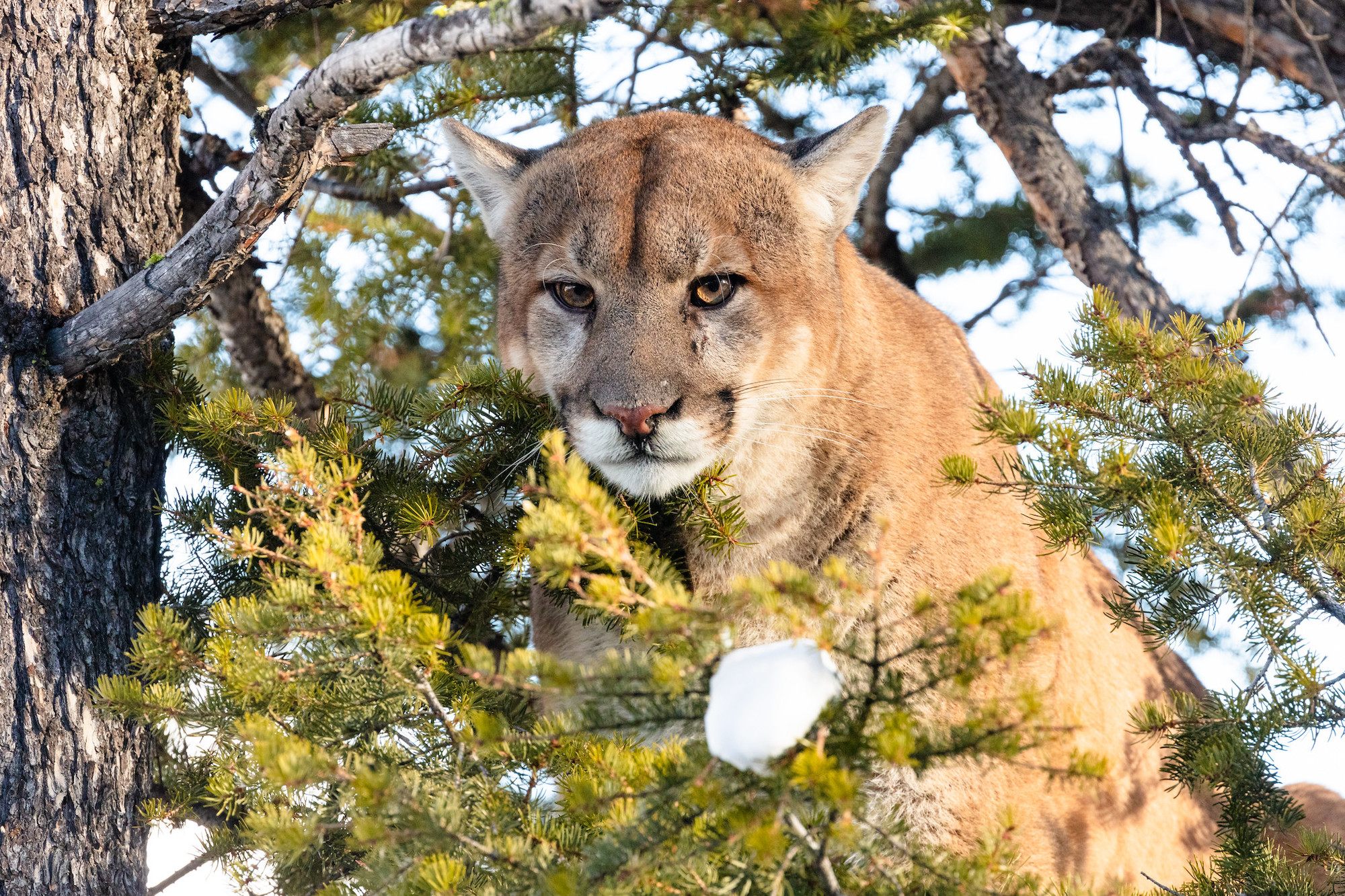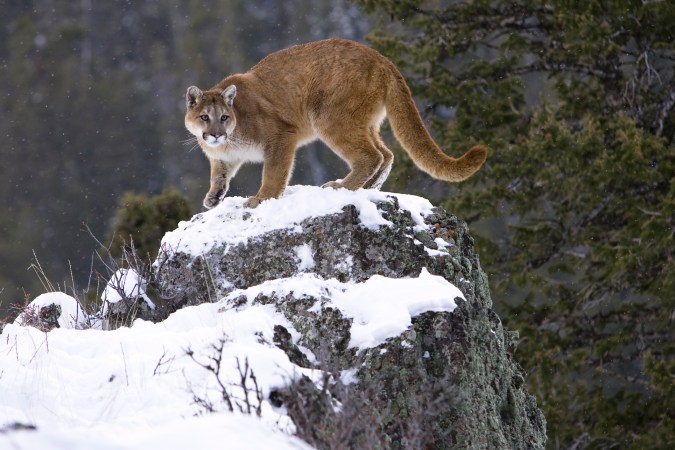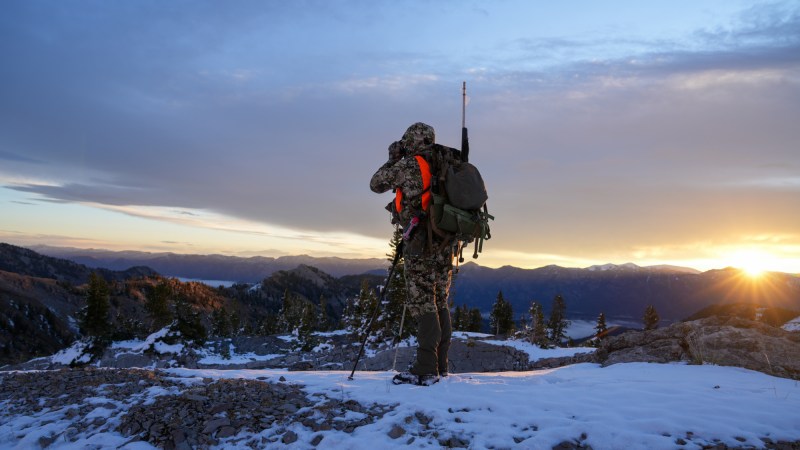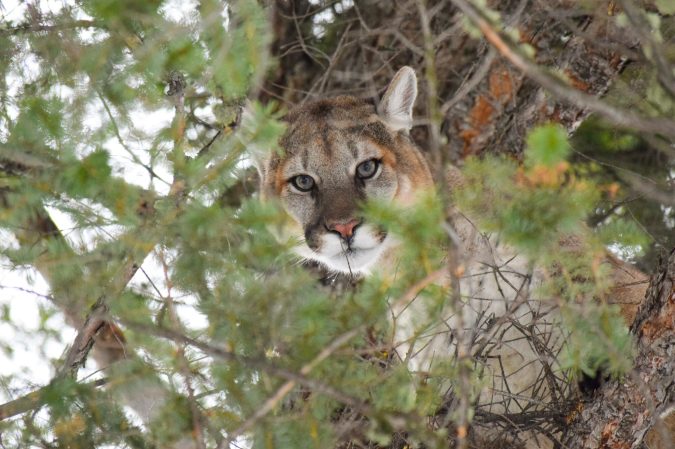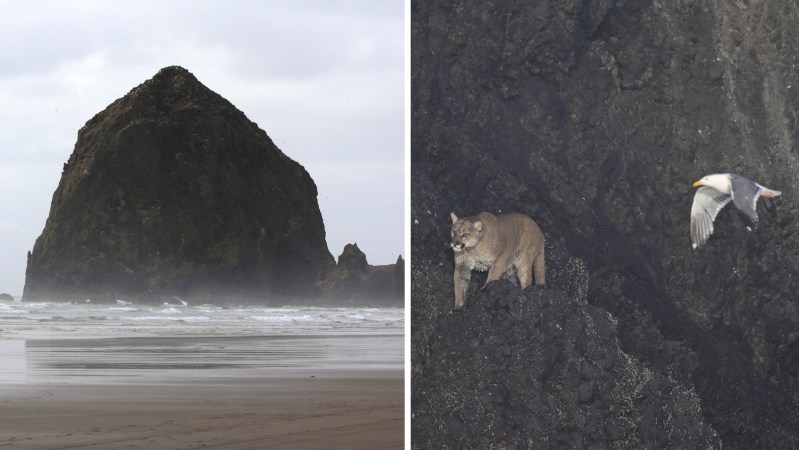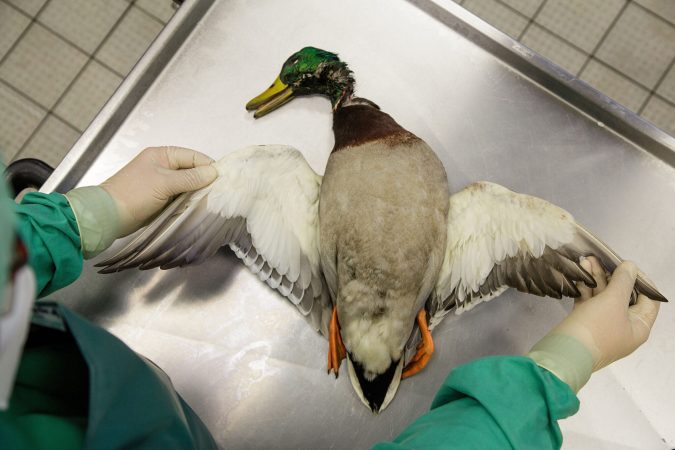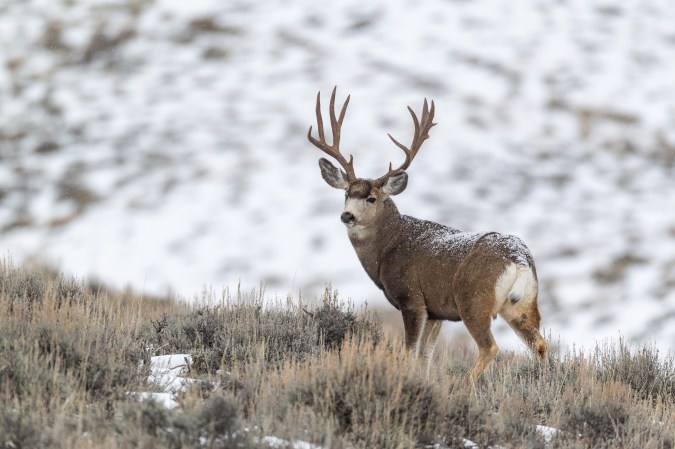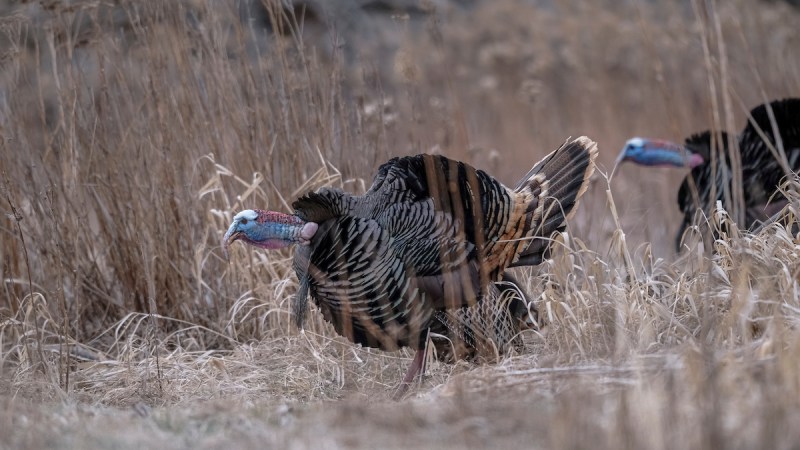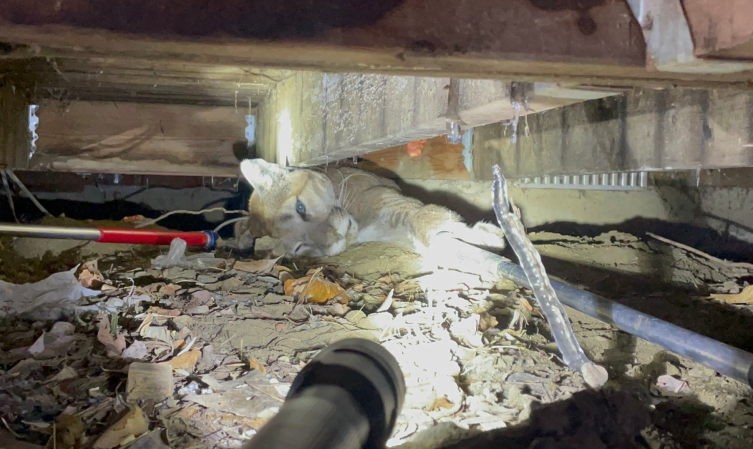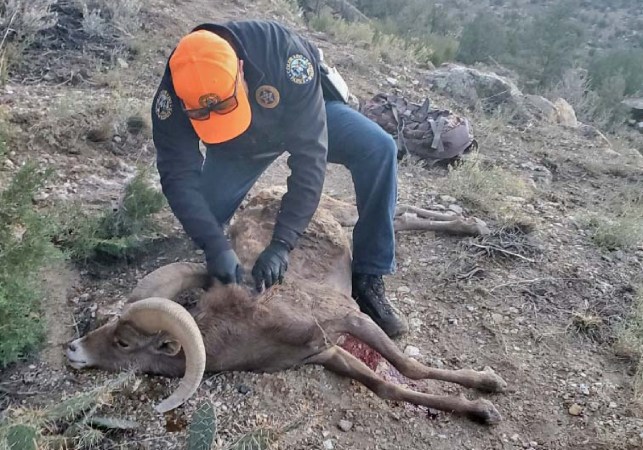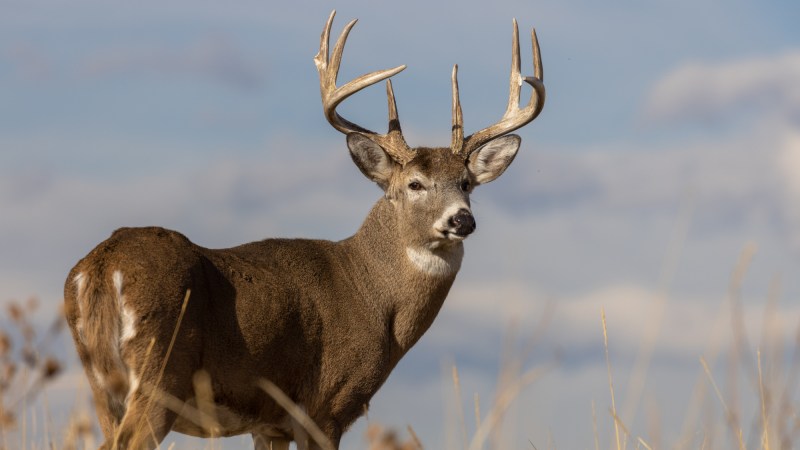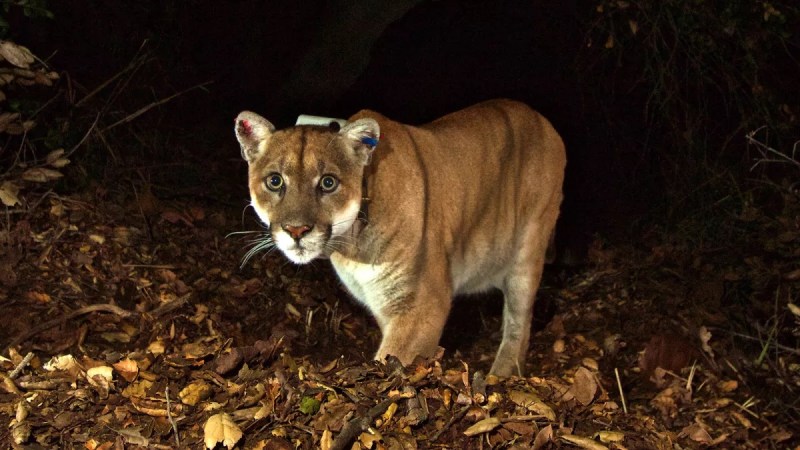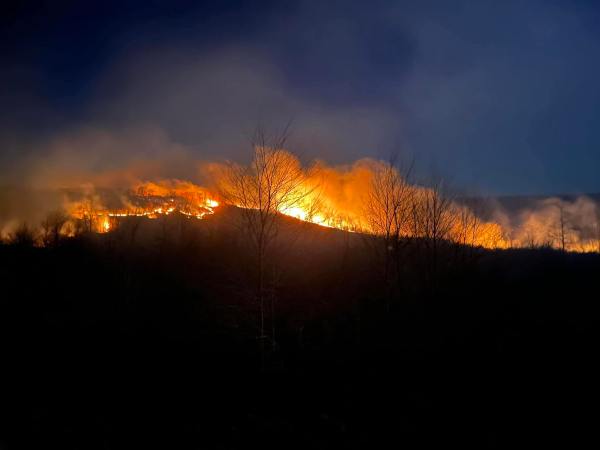The Colorado Parks and Wildlife Commission voted last week to cut back on mountain lion hunting by canceling the April hunting season and outlawing the use of electronic calls statewide. These changes passed even though Colorado’s current mountain lion harvest falls well within CPW’s harvest goals, and as CPW’s wildlife biologists point to a growing and healthy population of lions in the state — thanks in part to decades of closely regulated hunting. The new rules will impact the current season when they go into effect March 1.
Colorado has traditionally held its primary mountain lion hunting season from late November through March and a second season during the month of April in certain units. CPW spokesperson Bridget O’Rourke confirmed in an email to Outdoor Life that the commission’s decision was reached unanimously. She says the rule change made sense because the low harvest numbers during the April season and the use of electronic calls were not contributing much to the overall statewide harvest.
It’s unclear how much these rule changes will affect mountain lion hunters in different parts of the state. Electronic calls were already outlawed in all but two special management units, and an outfitter on the Western Slope tells Outdoor Life that it’s been years since hunters have had an April season in his area.
“It doesn’t affect me because we haven’t been able to hunt in April over here for quite awhile,” Scott Summers of Canyon Rim Outfitters says. “But when we did have it, it was a great time to get out and hunt. You could run around in a flannel shirt and a jean jacket. And I have friends [in other parts of the state] who do still hunt in April.”
Still, the timing and reasoning behind the commission’s Jan. 11 decision are concerning for Colorado hunters. Changes to hunting and fishing regulations always draw some level of skepticism from sportsmen, but Colorado’s hunting community remains on high alert due to some recent shifts surrounding wildlife management there. Last July, Governor Jared Polis appointed three new members to the state’s Parks and Wildlife Commission whose backgrounds are more grounded in animal rights than traditional wildlife management. Then, in September, anti-hunters filed a highly controversial ballot initiative that would outlaw the hunting of mountain lions statewide.
Some defenders of regulated hunting worry the state’s Parks and Wildlife Commission could be trying to appease anti-hunters and the non-hunting public while ignoring the science that has traditionally guided wildlife management decisions in Colorado and elsewhere. O’Rourke says this is far from the case. Of the 11 public comments that were heard during the Jan. 11 meeting, five opposed the regulated hunting of lions while six were in support of it. Multiple supporters encouraged the commission to include a gender breakdown in CPW’s harvest reports so that hunters could better self-regulate the number of females they take. Other supporters, including Justin Angelovich and Kody Lostroh of the United Houndsmen of Colorado, voiced their disappointment over the loss of the April hunting season, which they say is one of the best times of the year to train hunting dogs.
“Nearly everything we know about lions as a species is thanks to the studies that have been done with lions caught using dogs … but it takes several years, hundreds of hours, and hundreds of miles to make a well-trained dog,” Lostroh told commissioners. “April is by far one of the best months for training due to the array of different weather conditions and melting snow. The loss of the April season is a loss for hunting, as well as the biologists and wildlife managers that depend on these dogs.”
Hunting advocates also point to the relatively small impact that hunters have on cougar populations, which is often blown out of proportion by those who want to see mountain lion hunting banned outright.
This broad vilification of hunters was already underway when CPW commissioners met for their first meeting of the year in Denver last week. Just one day before that meeting began, Cats Aren’t Trophies, the advocacy group that’s behind the proposed mountain lion hunting ban, issued a sensationalized press release claiming that “mountain lion trophy hunters in Colorado are outpacing the yearly average for killing females” even though the 2023-24 hunting season “is far from over.” The group noted that hunters had already killed 276 lions as of Jan. 9, with 198 of those taken during the first month of the season. (That number had increased to 367 lions as of Jan. 17, according to CPW’s harvest report, which is updated daily.)
However, data from previous hunting seasons shows that these numbers fall in line with past harvest numbers. More importantly, the cougars already taken by hunters this season represent just over half of CPW’s 2023-2024 harvest quota of 674 animals. The agency’s cap during the 2021-22 season was 634 mountain lions; hunters killed 486 that season — well below the threshold to ensure the state’s mountain lion population remains healthy. The agency recorded similar harvest numbers during the 2022-2023 season, according to O’Rourke.
“The number of lions harvested up to this point in the 2023-2024 season isn’t any different than recent averages,” O’Rourke says. “CPW sold approximately 2,500 licenses per year on average for the last 3 years. In the 2022-2023 lion hunting season, there were 2,599 mountain lion licenses sold and 502 lions were harvested during the whole season, resulting in a 19 percent success rate.”
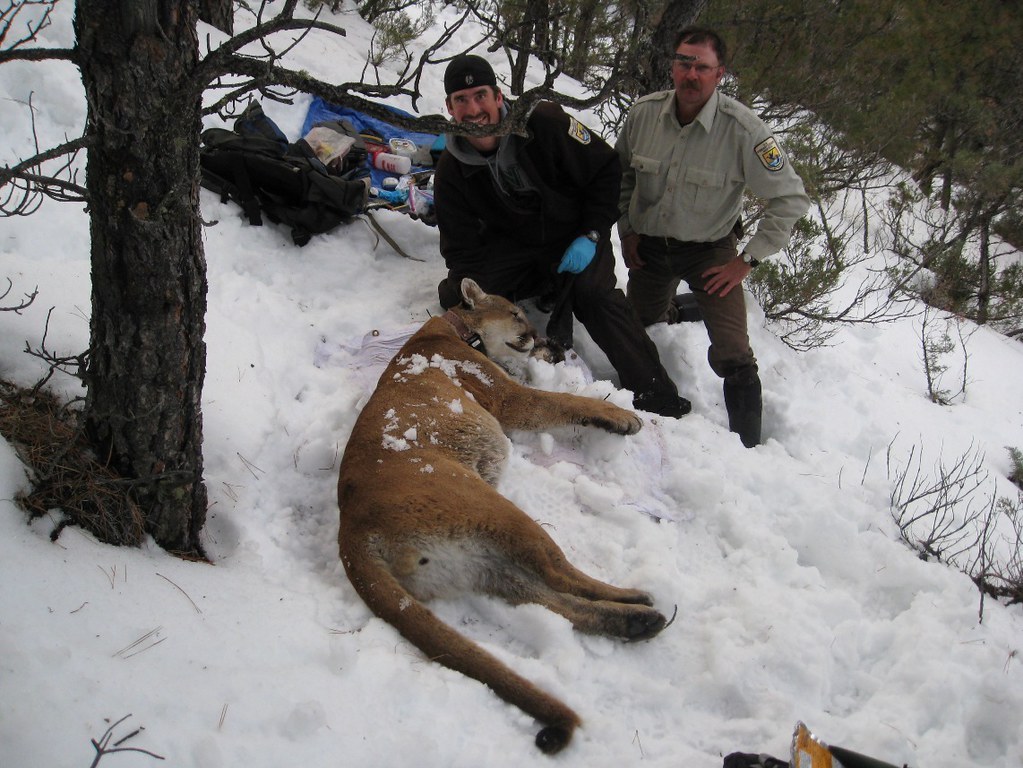
Photograph by USFWS
CPW’s carnivore and furbearer program manager Mark Vieira gave a presentation during the the meeting, during which he corrected some of the claims made in CAT’s press release. Vieira clarified that mountain lion hunting is heavily regulated in Colorado, and that harvest limits are set according to population estimates in certain hunting units. CPW keeps a close eye on these harvests and closes units when hunters reach set quotas.
“Our lion harvest has been around 500 for the last five years or so. In terms of seasonal harvest, Colorado has one of the most restrictive regulations,” Vieira told commissioners. “We tend to frontload our harvest, from late November into December and early January. There are lots of reasons for that, including the opening day push, when more folks are out, snowfall, and the closure of units after harvest limits have been reached.”
Vieira also called attention to CAT’s claim that hunters are harvesting more females than usual, since the special interest group pointed out that 111 of the 198 mountain lions killed between Nov. 27 and Dec. 27 were female. The group called this “unsustainable.” Vieira pointed out that during most seasons, approximately 40 percent of the overall harvest is made up of female lions. However, he explained that more than half of those females are typically sub-adults, which are too young to breed and have little to no impact on the overall population.
And that population is thriving. CPW currently estimates there are between 3,800 and 4,400 mountain lions in the state — a number that’s grown since 1965, when CPW first started managing cougars as big game. Vieira spoke proudly of this management work and called the last 50-plus years of regulated mountain lion hunting in Colorado a conservation success story.
Read Next: Colorado Sportsmen Fight Back Against Proposed Mountain Lion and Bobcat Hunting Ban
“All formal observations point to a growing, healthy, and increasingly stable population of lions in recent decades … And by using scientifically supported management thresholds, CPW can provide for lion harvest as a management tool while also having very robust populations of lions on the landscape,” Vieira said Thursday. “It is not one or the other. These two conditions are not mutually exclusive.”
Aside from shortening this year’s season and tightening up the prohibitions around electronic calls, the wildlife commissioners did not make any other rule changes that would affect mountain lion hunters in Colorado. However, as the debate around big cat hunting heats up in Colorado, sportsmen and other supporters of science-based predator management should keep showing up to meetings.
This article was updated on Jan. 17 to include comments from Colorado Parks and Wildlife.

